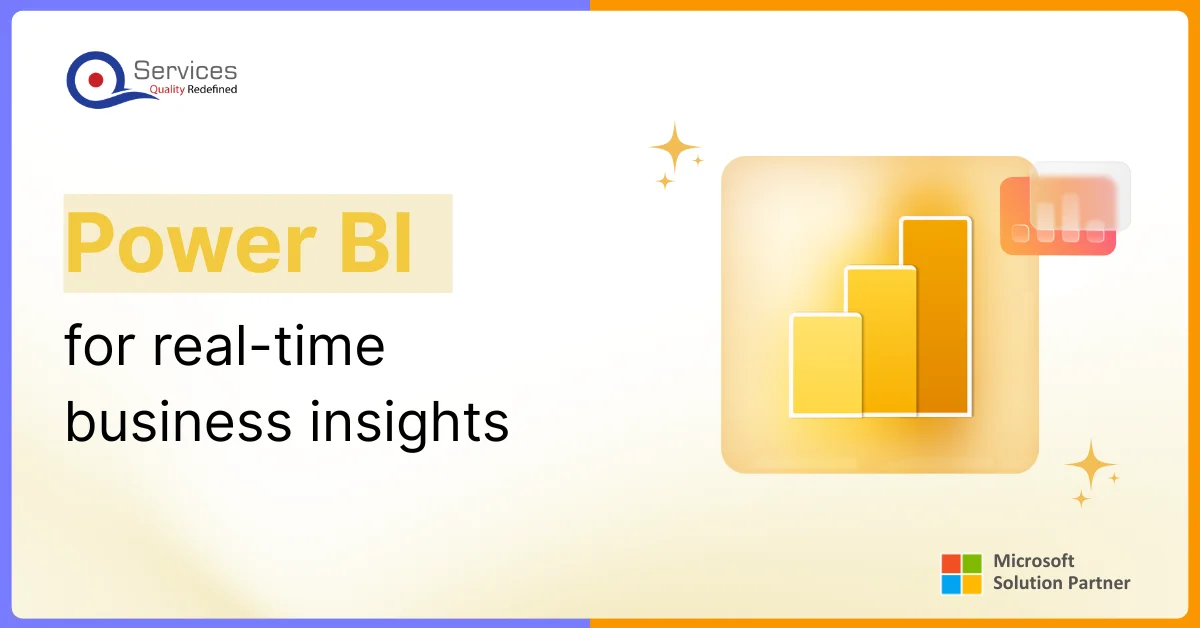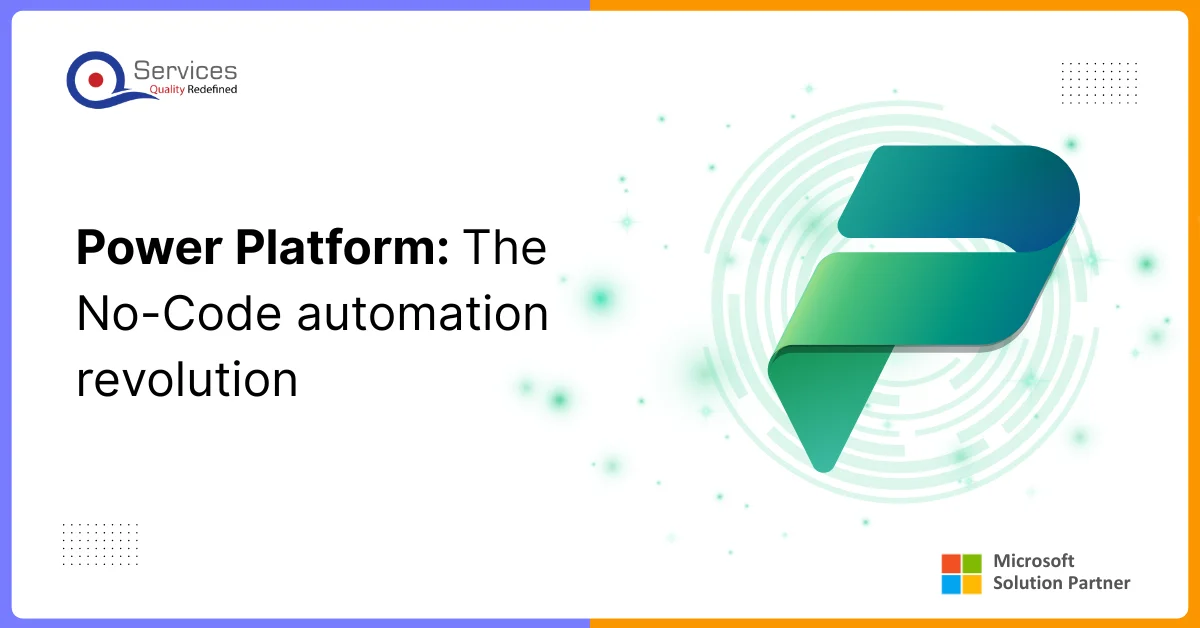
Home » Simplifying Exploration and Drilling with Azure Digital Twins: A Practical Guide

If you’re working in the oil and gas industry, you know how significant exploration and drilling optimization are to your business. But here’s the thing: these processes can be complex, risky, and often prone to inefficiencies. That’s where Azure Digital Twins come in.
Think of digital twins as virtual copies of your real-world systems. These digital models help you monitor, simulate, and analyze your operations in real-time, all from a screen. By using Azure Digital Twins in oil and gas, companies can make smarter decisions, improve efficiency, and reduce risks in everything from exploration to drilling.
But how does this work exactly? Let’s dive in and see how you can start using digital twins to transform your oil and gas exploration and drilling projects.
So, you’re probably wondering—what exactly are digital twins? Simply put, they’re digital replicas of your physical assets. Imagine having a high-tech mirror of your drilling systems and oil and gas exploration equipment that updates itself every second.
Imagine this: your drilling rig is running 24/7. Normally, you’d wait for a warning sign—or worse, a breakdown—to know something’s wrong. But with digital twin technology, your system updates in real time. The moment a sensor detects unusual pressure or temperature changes; you get an alert. That means you can fix small issues before they turn into major delays.
The next big question: how does this all work in the real world? It’s one thing to talk about digital twins in theory, but how do you put them into practice?
Here’s a quick breakdown:
Start with the basics: Establish Azure Digital Twins for your oil and gas exploration assets, which means creating virtual versions of your equipment, drills, and machinery for real-time monitoring.
Get real-time data: Once your digital twin is up and running, you can start gathering data from sensors in your equipment. Things like temperature, pressure, and vibration all get fed into the system in real-time.
Make smart decisions: With this data, you can start predicting when equipment is likely to fail or when maintenance is needed, all based on the simulations in your digital twins.
Optimize operations: Over time, the more data you feed into your digital twins, the smarter your operations become. You’ll be able to adjust your drilling systems on the fly, making everything run as efficiently as possible.
You’re probably wondering, “How do I actually get started with Azure Digital Twins in my drilling operations?” Good news: it’s simpler than you think. Here’s a basic guide to help you get up and running:
Identify your needs: What do you want to achieve with digital twins? Are you aiming to improve safety, increase efficiency, or just reduce downtime?
Set up your sensors: Equip your drilling systems with digital twin sensors. These are key for gathering real-time data from your operations.
Link everything together: You can use Azure Digital Twins to create a virtual model of your operations and can also integrate it with your IoT devices and existing systems.
Start monitoring and adjusting: Once your model is live, your digital twin will continuously update, giving you real-time insights into equipment health and site conditions. If anything needs tweaking, adjustments happen automatically—so you can focus on the big picture.
By following these steps, you can implement Azure Digital Twins in your drilling operations and start reaping the rewards immediately.
Get free Consultation and let us know your project idea to turn into an amazing digital product.

You know in oil and gas industry how challenging exploration and drilling can be. Unexpected problems, high costs, and equipment failures can slow everything down. But what if you could spot issues before they happen? That’s exactly what Azure Digital Twins can do!
They help you monitor operations, predict problems, and make better decisions—all without guesswork. Let’s explore some real-world ways this technology is helping the oil and gas industry run smarter.
Imagine an offshore drilling site where things can change fast—strong winds, shifting seabeds, or sudden temperature changes. In the past, teams would rely on past records and manual checks to make decisions. Now, Azure Digital Twins allow companies to watch operations in real time and predict problems before they occur.
One global oil company used digital twins to track drilling rigs in real time. By collecting live data from sensors on the machinery, they spotted early signs of wear and tear and fixed issues before major failures. The result? 30% fewer breakdowns and big cost savings.
Another company used Azure Digital Twins to simulate different drilling locations. By running virtual tests, they found the best spots to drill—saving time and avoiding costly mistakes.
Finding oil isn’t easy. A wrong drilling spot can waste millions of dollars. Azure Digital Twins help companies avoid these mistakes by offering:
Live Geological Tracking – Digital twins’ study underground rock formations and help find the best drilling spots.
Real-Time Monitoring – Keeps an eye on changes in pressure and temperature to prevent drilling problems.
Simulations – Tests different drilling plans before using real equipment, reducing risks.
For example, one company used digital twins to predict how rocks would react to drilling. By running simulations in real time, they significantly improved their drilling accuracy by 40%.
Drilling is a complicated process because of so many moving parts.
Azure Digital Twins help by:
Tracking Equipment in Real Time – Keeps an eye on drilling rigs, pumps, and pipelines to avoid slowdowns.
Predicting Equipment Issues Early – Uses AI to spot problems before they create any worse situation.
Automatically Adjusting Drilling Settings – Based on real-time data, digital twins fine-tune drilling speed and pressure to improve efficiency.
Example: Smarter Drilling Decisions
One company used Azure Digital Twins to track how drill bits were performing. By analyzing live data, they adjusted drilling speed and pressure which leads to 20% increase in efficiency and fewer breakdowns.
One of the biggest problems in oil and gas drilling is unexpected downtime. A drilling rig sitting idle costs thousands of dollars per hour. Azure Digital Twins help companies fix issues before they cause delays.
How It Works:
Live Equipment Tracking – Sensors monitor drilling equipment for temperature, pressure, and wear.
Early Problem Detection – Digital twins analyze patterns to predict when a machine will need repairs.
Instant Alerts – The moment something seems off, engineers receive automatic alerts, giving them a head start on preventive action to fix the problem quickly.
An offshore drilling company put Azure Digital Twins to work by monitoring their deep-sea drilling rigs. With early warnings and proactive action, they were able to reduce maintenance costs by 25% and avoid costly downtime—making their operations much more efficient.
Drilling can sometimes feel unpredictable, but Azure Digital Twins can help you stay ahead of the game. It gives you a digital version of your equipment, so you can monitor things in real-time, make smarter decisions, and avoid costly surprises. Here’s how it works:
Wouldn’t it be good if you could detect problems before they get worse? Azure Digital Twins makes this possible. It monitors your equipment round the clock, giving you alerts when something’s wrong. By addressing minor issues right away.
Imagine if your equipment was always running at its best. That’s exactly what digital twins do. They adjust things like drilling speed and pressure automatically based on real-time data, so your equipment works more efficiently. This means better results and fewer mistakes!
No one likes surprise repairs, especially when they’re expensive. Azure Digital Twin Technology helps you avoid those. By predicting when your equipment will need maintenance, making you avoid costly repairs without causing any discrepancies.
It also helps you to ensure that everything’s running safely, tracking your equipment’s condition constantly and sending you an alert if something looks inappropriate. That way, you can fix things quickly and keep your team safe.
The oil and gas industry is only at the tip of the iceberg when it comes to digital twin technology. As the technology evolves, we’re looking at some game-changing advancements that will take exploration and drilling to the next level.
AI-Powered Drilling Optimization – It behaves as a system that doesn’t just watch your drilling but actually gets smarter as it goes. Using Azure machine learning, it can adjust drilling methods on the fly, helping you find the perfect drilling spots faster, waste less, and get more out of your resources.
Blockchain for Data Security – With massive amounts of sensitive data being exchanged, security is critical. Blockchain technology can create tamper-proof records, ensuring full transparency and compliance while eliminating data breaches.
Edge Computing for Real-Time Analytics – Speed matters in drilling. With edge computing, data processing happens right at the source—on-site at the automated drilling rigs—allowing for instant decision-making instead of waiting for cloud-based analysis. That means faster adjustments, fewer delays, and smarter operations.
Companies that are ready to embrace Azure Digital Twins are not just keeping up but they are staying ahead of the curve.
Share your project idea with us. Together, we’ll transform your vision into an exceptional digital product!

Are you ready to take your drilling operations to the next level? Azure Digital Twins are here to help you do just that—by making things smarter, safer, and more efficient. With IoT in Oil and Gas drilling automation and automated drilling solutions powered by Azure Digital Twins, this isn’t a dream—it’s reality. You’ll gain full control over your equipment’s performance, monitor real-time data, and reduce costly maintenance by predicting failures before they happen. Make the leap into the future of drilling efficiency and get started with Azure Digital Twins today. Let automation take your operations to the next level!
It helps in creating accurate models of drilling sites, predicting outcomes, optimizing operations, and reducing risks and costs.
Key features include real-time data integration, advanced analytics, simulation capabilities, and scalability.
It connects with IoT devices to gather real-time data, which is then used to update and refine digital models.
It employs robust security measures, including encryption, access controls, and compliance with industry standards.
Industries such as oil and gas, manufacturing, smart cities, healthcare, and transportation can benefit from its capabilities.
By defining the entities, relationships, and properties of the physical environment, and then using Azure Digital Twins APIs to build and manage the model.
Best practices include starting with a clear use case, ensuring data quality, and continuously refining the model.
Costs vary based on usage, including data storage, processing, and the number of digital twins created. Azure provides a pricing calculator to estimate costs.
Yes, it integrates seamlessly with services like Azure IoT Hub, Azure Machine Learning, and Azure Synapse Analytics.
Resources include Microsoft documentation, online courses, webinars, and community forums.

In the past, business intelligence tools focused on collecting data and creating reports every month. That approach worked when things moved slowly. Now, businesses need to make decisions in seconds. Waiting for static reports can mean missing sales, reacting late to supply issues, or not spotting financial risks on time.

As this year closes, no-code automation is steering digital transformation across industries. Businesses that began with low-code tools are now scaling faster through Power platform development strategies. Many are realizing that innovation, security, and efficiency can coexist when automation is built on Microsoft Power platform.

In 2026, moving workloads to Azure cloud migration is not just about transferring data. It’s about making the whole process smarter, more automatic, and easier to manage while keeping compliance and security tight.

Founder and CEO

Chief Sales Officer
